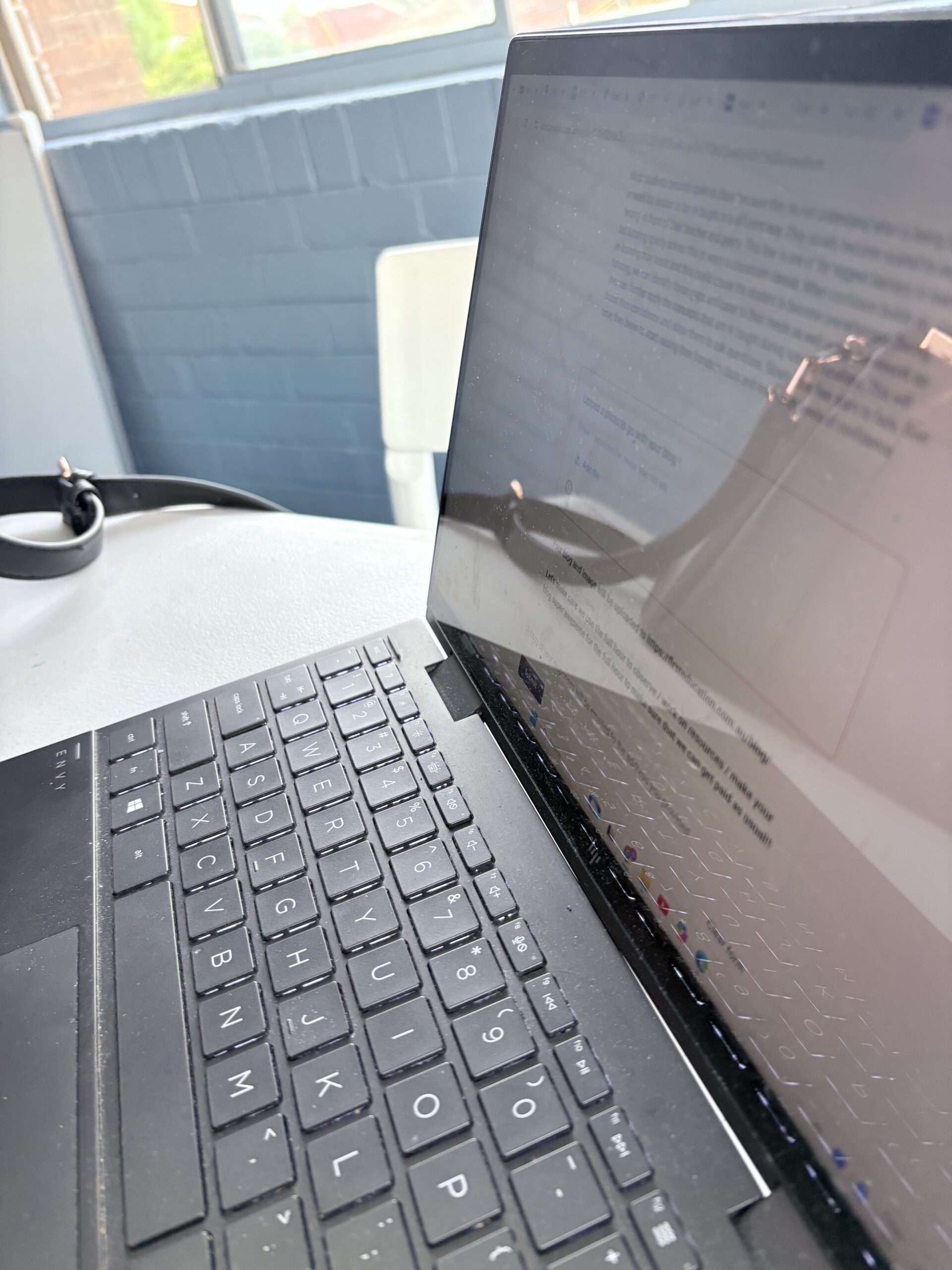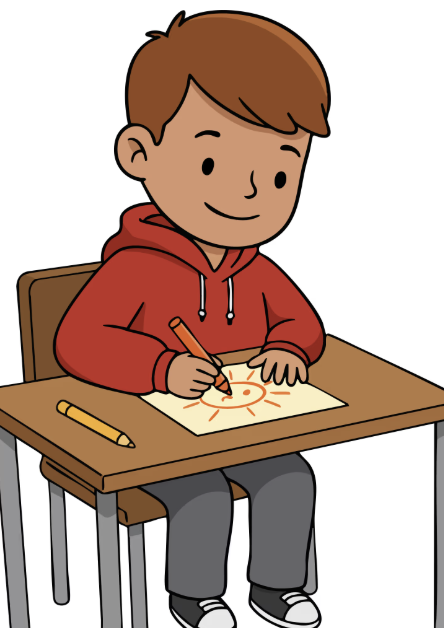
Many students struggle to study and stay focused for a long period of time while studying, which prevents many students from completing what they need to do. This can be improved with good habits and practice at studying for longer periods of time. For example, break down study blocks into 30 minute periods with 5 minute breaks in between. This allows you to stay fully focused for longer and be effective with the time, especially if you set a single goal to achieve during the period. After the 30 minutes of strong focus has been achieved, this period can be extended to 45 minutes or 1 hour as the practice of focus improves the brains ability to stay on topic for longer periods of time.
The act of scheduling study can also significantly improve the efficiency and effectiveness of your study. You can block out specific periods of your day and schedule in when you are going to study for each subject, which ensures that you are giving even amounts of time to every unit or give extra focus on subjects when it is needed. With this, you are also able to organise time for taking breaks that are vital in reducing burn out and improving your focus when studying. In between your blocks, you should try and do the activities you love and help you relax. This could be going for a walk, talking with family or watching an episode of TV.
Maddie Manins









